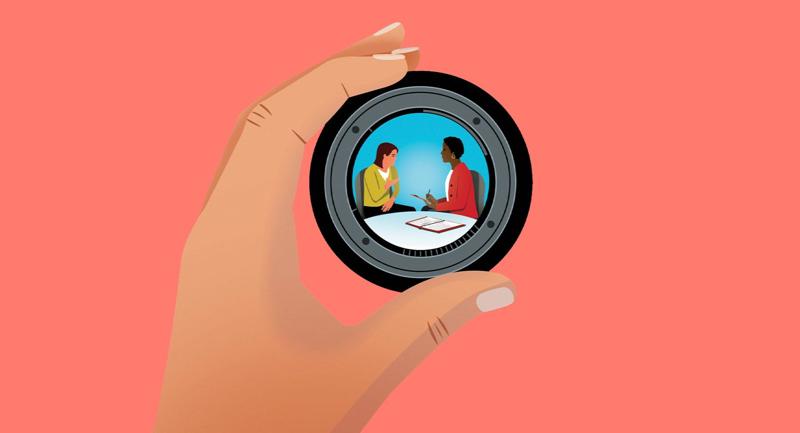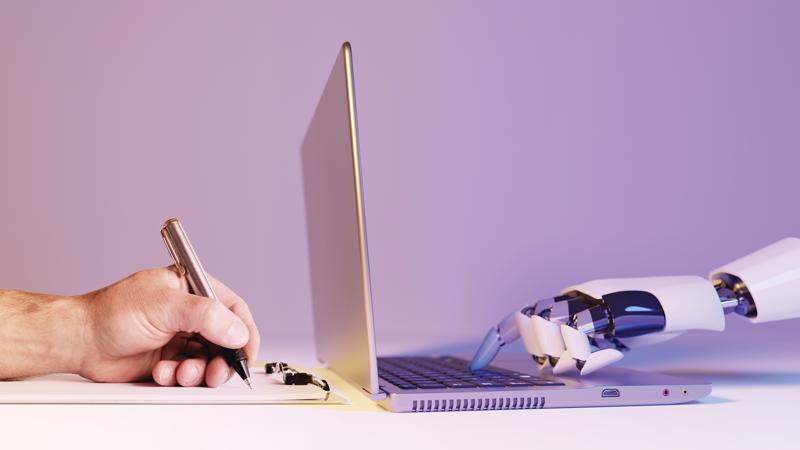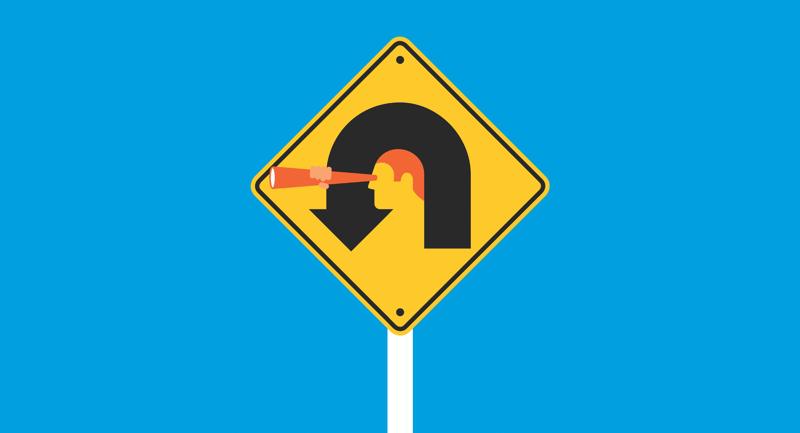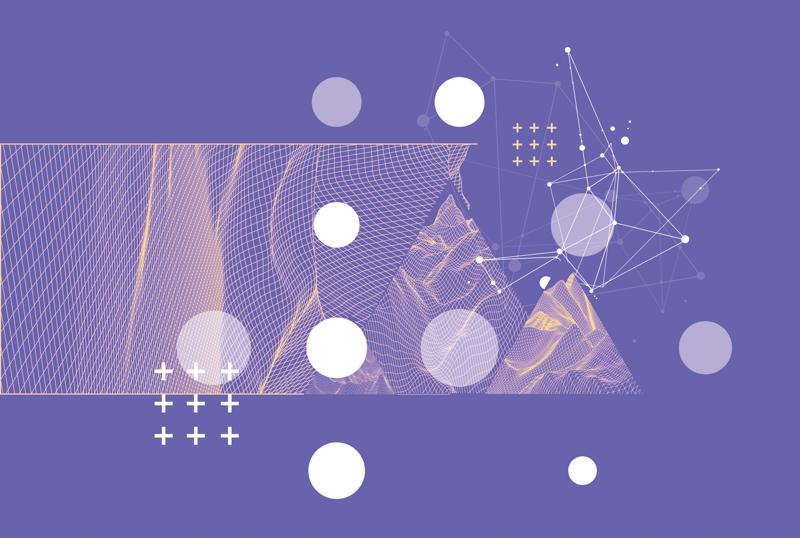It’s a scenario every teacher hopes to avoid: A student passes in an essay, a science report, a history analysis, or a math assignment that is clearly not their own work. The writing style is inconsistent, the information is overly generic, the solution does not make sense, or the citations in the reference list do not exist. Now what do I do? the teacher wonders.
Plagiarism happens in small and large ways, and at an alarming frequency, across grade levels. One study found 60 to 70 percent of students reported engaging in cheating at least once in the previous month (Spector, 2023).
While cheating is common, today’s generative artificial intelligence (GenAI) tools have magnified the potential for students to shortchange learning by prompting these tools to do their work for them. These technologies have also made it increasingly difficult to determine whether, if, and how students are cheating. For example, does using Grammarly to autocomplete sentences or write one paragraph in a 10-page paper count as cheating?
As an educator, it is taxing to spend mental effort and time trying to identify and address plagiarism. Rather than trying to catch it—or stop AI use altogether—we invite you to ask, What changes can I make to my assessments to reduce the likelihood of cheating in the first place?
Five Elements of an Authentic Assessment
To help answer that question, the TRUST model (Trust, 2023) offers a framework for redesigning assessments in the age of AI. This model is grounded in theories of student motivation and is based on decades of classroom experience and research into teaching and learning. Let’s take a closer look at each part of the model and how it can be applied by classroom teachers with the support of school leaders.
1. Transparency
Transparency makes your assessment design choices clear to students. It answers the commonly asked question “Why?” as in, “Why do I need to learn this?” or “Why isn’t AI allowed for this assignment?” When students understand the purpose behind an assignment, they’re more likely to value the process and less likely to rely on AI tools to shortcut their learning.
For example, students might be told, “Write a 300-word discussion forum post, then reply to two posts.” This type of assessment is often met with groans because students do not see its value or relevance. You might, however, be asking students to write and reply for a variety of valuable reasons, including to: (1) create a space for social learning outside of the classroom; (2) build communication skills; (3) ensure everyone’s voice is heard; and (4) assess how students engage in active, reflective, social knowledge construction. Making these purposes clear to students helps them understand the “why.”
How can leaders help? Support teachers in redesigning at least one assessment to make their design choices clear and transparent to students. Example assignments, such as those from the Transparency in Learning and Teaching website, help educators see how to add transparency in purpose, task, and criteria to assessment directions. Encouraging teachers to add a GenAI Use Policy to assessment documents can also increase transparency around allowable uses of GenAI tools. “Five Tips for Writing Academic Integrity Statements in the Age of AI” (Trust, 2024) offers ideas and strategies for writing such policies. 2. Real-World Application of Knowledge
Real-world application of knowledge helps students recognize that the work they’re doing has relevance beyond the classroom. Too often, students are assigned “disposable assessments”—a student writes a paper, the teacher grades and returns it, the student glances at the grade and throws the paper away (Wiley, 2016). These assessments are merely transactional—something the student does only to get a grade.
In contrast, “renewable assessments” are those that “add value to the world in some way” (Wiley, 2016). When students feel they are making a difference, they are more motivated to complete an assessment rather than turn to GenAI tools to cheat.
There are many ways to engage students in renewable assessments. Torrey’s undergraduate and graduate students design open educational resources (OER) to teach friends, family members, and people around the world about class topics. They have written and designed several OER eBooks about technology for educators, which have been shared out on social media and viewed millions of times. These books can be found on the free OER eBook platform Edtech Books. In Robert’s history teacher methods classes, students contribute to and edit OER for the wiki “resourcesforhistoryteachers," a free online wiki with more than 900 pages, featuring links to content and media for history teachers to use in their classes. In spring of 2025, students contributed to more than 50 wiki pages for the new AP African American Studies curriculum framework. We conducted a study examining how engaging students in a variety of renewable assessments, like designing OER, impacts their motivation and skill development. Our findings show that projects like those just mentioned improve students’ attitudes toward learning, support their development of valuable 21st century skills, and increase their motivation to learn (Trust, Maloy, & Edwards, 2022). Giving students authentic audiences and purposes fosters ownership and reduces the temptation to misuse GenAI.
How can leaders help? Invite teachers to consider whether their assessments are “disposable” or “renewable.” Provide teachers with high-quality models of renewable assessments as well as planning time to redesign at least one into a renewable assessment where students feel like their work helps others or gives back to their communities. Examples include turning a book summary into a BookTok to educate others or engaging in a civic action project.
Learning is a process of making mistakes and using them to improve.
3. Universal Design for Learning
Universal Design for Learning (UDL) is an approach to designing and assessing instructional activities focused on reducing barriers and increasing access to learning. UDL aims to “change the design of the environment rather than to situate the problem as a perceived deficit within the learner. When environments are intentionally designed to reduce barriers, every learner can engage in challenging, meaningful learning” (CAST, 2024).
Unfortunately, failing an assessment is often seen as the learners’ fault, when, in many cases, there are environmental barriers affecting their success. When students perceive failures as their own deficits or when they have to overcome barriers just to complete an assessment, they are less likely to be motivated to engage in deep learning.
During the COVID-19 pandemic, for example, many teachers scanned worksheets so students could learn at a distance. However, some students did not have the right software or devices at home to use digital worksheets, and many students with disabilities struggled to access, edit, or use them because of their lack of accessibility. In these cases, students’ failure to complete worksheets was not due to a lack of knowledge, but to barriers in the learning environment hindering their success. Designing assessments that students feel capable of completing reduces barriers and increases the likelihood that students will engage authentically.
How can leaders help? Invite teachers to review UDL guidelines and identify at least one way to improve an assessment by reducing barriers. For example, a teacher might redesign an assessment to optimize choice and autonomy (multiple means of engagement) or address biases in the use of language and symbols (multiple means of representation). 4. Social Knowledge Construction
Social knowledge construction is the idea that all learning is social, whether it involves reading, listening, watching, talking, writing, or reflecting on what others have said or done. In the words of the ISTE Standards for Students, all learners can be “knowledge constructors”—but students are often asked to construct this knowledge on their own. Educators must recognize that “students don’t learn well sitting passively in large classes memorizing facts to be regurgitated. Students learn in active, engaged, meaningful, and socially interactive classrooms” (Hirsh-Pasek & Streim, 2023).
Incorporating social knowledge construction is about more than just asking students to do group work. It is about designing experiences where students learn with and from others in authentic ways. For example, students could collaborate on a class blog post, newsletter, or podcast series and then share it with their local community; or they could design a social media campaign to bring awareness to an issue explored in class (e.g., local history preservation, endangered species protection, or media literacy).
In Torrey’s classes, undergraduate students design a variety of projects, including children’s books about digital citizenship and Scratch games (a visual programming language for kids) about AI and ethics, and share them with peers and family members. They gather feedback from these users, reflect on it, revise, and submit their projects. When students know their work will be seen by peers or family members, they may be less likely to turn to GenAI tools: Several students have commented how sharing their work with others has made these assessments more meaningful, valuable, and interesting.
How can leaders help? Provide opportunities for your teachers to engage in social knowledge construction, such as a professional learning community, virtual book talk, design thinking challenge, inquiry group, EdCamp/unconference, or lesson study cycle. Then, have them reflect on how they engaged in social knowledge construction and how they could bring that same type of experience into one or more of their assessments. Give teachers time to redesign at least one assessment to incorporate opportunities for authentic social knowledge construction.
When students feel they are making a difference, they are much more motivated to complete an assessment.
5. Trial and Error
Learning is a process of making mistakes and using them to improve. While failure is a part of learning, in U.S. schools, many students come to believe that the “best” learners are those who make the fewest mistakes. Being able to write easily and expressively, solve math problems quickly, or instantly recall history information are treated as innate abilities rather than skills that develop over time. This mindset overlooks the reality that most learning happens through trial and error.
In Robert’s Tutoring in Schools undergraduate class, students interested in becoming teachers compare and contrast education in Japan versus U.S. schools. Productive struggle—including making mistakes and learning from them—is highly valued in Japanese classrooms. In U.S. schools, however, high-stakes testing and disposable assessments weaken student motivation to learn. These conditions can foster fixed mindsets where students conclude there are academic areas they are simply not good at and never will be. If the outcome is already fixed and mistakes confirm that improvement isn’t possible, then why try?
When students feel they are “bad” at something and assume this can’t be changed, they may look for shortcuts to avoid the discomfort of struggle, including turning to GenAI to complete work with greater ease. By contrast, shifting to low-stakes opportunities for trial and error—and celebrating failures as an inherent part of learning—reframes errors as stepping stones toward understanding. This approach can help students recognize that successful learning is always possible with curiosity, determination, and a willingness to use mistakes as opportunities to improve.
How can leaders help? Ask teachers to reflect on a recent learning experience (i.e., learning how to use GenAI tools, how to navigate a new city during a vacation) and discuss what role trial and error played in the learning process. Then, engage teachers in discussing the value of failure in that learning process. Invite your teachers to brainstorm ways to incorporate, celebrate, and encourage trial and error (and failure!) as a part of learning in their classes. And encourage teachers to identify ways to reduce the pressures of high-stakes assessments, such as offering low-stakes quizzes that help build foundational knowledge leading up to a unit exam; breaking up large projects into smaller mini assessments; or allowing students to revise and resubmit at least one assessment during the semester to improve their grade—and their learning.
From Challenge to Action
The age of AI has brought huge new challenges to teaching and learning, not the least of which is students using these technologies to do academic work for them. This is cheating, but those being truly cheated are the students themselves. A student who uses AI all the time will become like the system itself. “You will sound like you know what you are talking about even when you don’t” (Zimmerman, 2023).
Addressing this challenge calls for purposeful changes in how assessments are designed. The TRUST model offers a practical, ready-to-implement framework for assessments that increase authentic student engagement and motivation to learn. Together, teachers and leaders can foster students’ sense of ownership over and investment in their own learning—and decrease the temptation to let GenAI do the learning for them.









